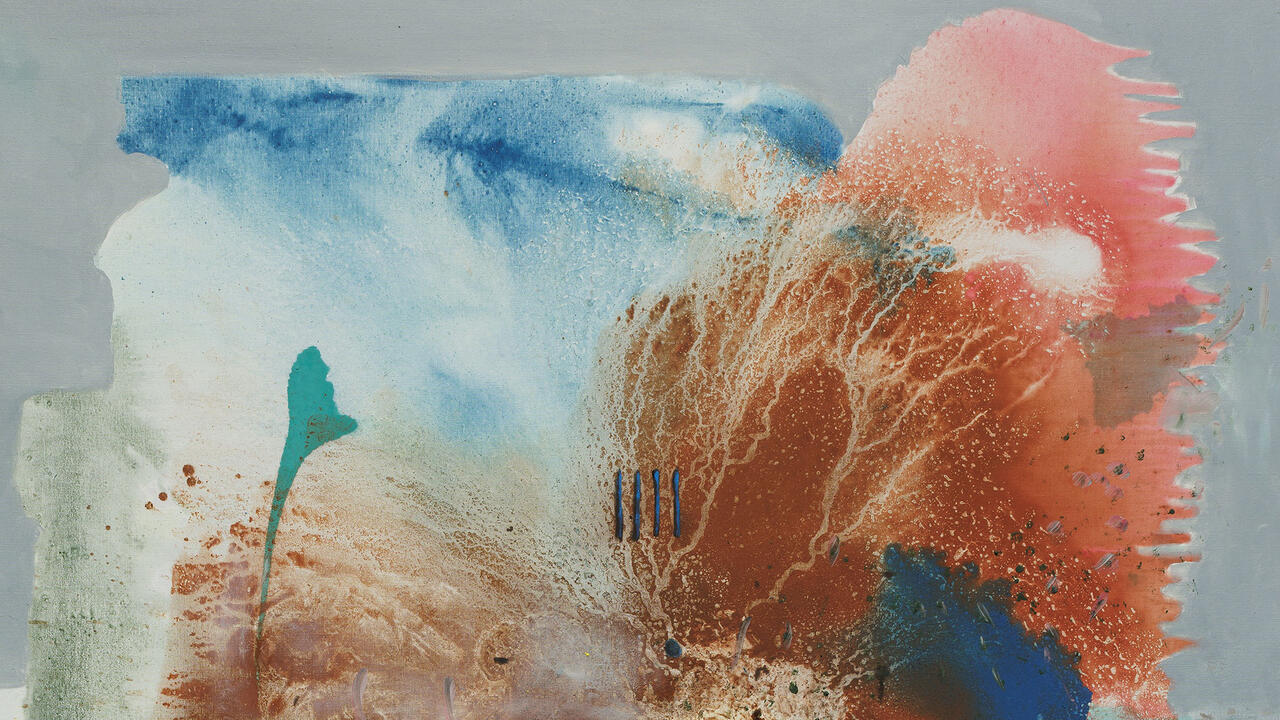Clegg & Guttmann
Libraries are public sanctuaries. With their enforced quiet and air of contemplation, they are like churches or museums. From an early age we are trained to handle library books with care – some of these institutions even put up barriers, behind which the catalogued treasures are stored. Libraries embody history and the potential of knowledge that can be acquired. They represent worlds with their own sets of rules, devoted entirely to intellectual exertion and physical inactivity.
When Michael Clegg and Martin Guttmann carried out their Open Library project for the first time in 1991, the main point was to suspend the fundamental properties of the social institution of the library. Three unprotected bookcases were placed around the city; their contents could be removed without surveillance, restrictions or administrative complications. These open-air libraries bore only a small instruction, which invited people to use them and gave the phone number of the Graz Art Society to call for further information.
‘Social Sculptures, Community Portraits and Spontaneous Operas 1990–2005’ highlighted the different ways Clegg & Guttmann have used the form of the library over the last 15 years. Of the original project (The Open Public Library, Graz, Re-contextualized – A Social Sculpture, 1990/1993/2005) the slightly trashed bookcases remains, plus photos of their dreary locations in the urban periphery. On the ground lay boxes of books donated at the time by the local population. The flea-market-like hotchpotch of literature made it quite clear that Open Library was not about channelling knowledge. This approach saved the project from accusations of being patronizing, similar to those levelled at Thomas Hirschhorn’s Bataille Monument (2002) at Documenta 11.
Clegg & Guttmann have also referred to their interventions as ‘community portraits’. On the one hand this links back to their earlier staged portraits, but the term also weakens the sociological emphasis of their art. For their Project Unité in Firminy in France (1993) the two artists devised an audio library with recordings supplied by the residents of the eponymous Le Corbusier apartment block. In this case the ‘community portrait’ category took on a literal sense, with Clegg & Guttmann photographing people for the covers of the cassettes they had donated. A miniature version of the Modernist building served as a storage unit, as well as providing information on the predominant musical taste in any given apartment.
The allegorical meaning of the library as a place of memory was the focus of the installation Sha’at’nez oder die verschobene Bibliothek (Sha’at’nez, or The Displaced Library, 2004–5), which the artists designed for the Sigmund Freud Museum in Vienna. When Freud fled Vienna in 1938, his library was torn apart. In their installation Clegg & Guttmann brought back together for the first time books formerly owned by Freud from Vienna, London and New York on the psychoanalytical concept of displacement. Freud’s own fate as a ‘displaced person’ was commemorated in the form of a hybrid, leaning tower of books, temporarily reuniting his dispersed collection. The symbol of the library was also used by Clegg & Guttmann in their looped wooden bookshelf Moebius Strip Library (2004) and in the installation Die sieben Brücken von Königsberg (The Seven Bridges of Königsberg, 1999), both based on mathematical models.
The participatory projects of Clegg & Guttmann are convincing and likeably open, experimental set-ups that sound out and perforate the borders of social domains. This is also true of their latest work, The Sick Soul V: The Lost Letter Technique (2005). To recreate a sociological experiment from 1964, stamped and addressed letters were dropped all over Vienna. In the gallery visitors could watch video recordings of passers-by, with the constant thrill of not knowing whether or not a given individual would pick up the lost mail. The similarity between these sequences and programmes such as Candid Camera is no coincidence, as this TV format was devised at the end of the 1950s, roughly when sociology began turning towards everyday life. Together with the letters that were actually returned, this most recent installation by Clegg & Guttmann successfully straddled the line between art, science and entertainment. This overdetermined approach constituted a clear rejection of any oversimplified institutional definition of art.















